walking after femur fracture
 Returning to Work After a Femur Fracture- AutoAccident.com
Returning to Work After a Femur Fracture- AutoAccident.comIntroductionPhysical therapy in Conway for Hip IssuesWelcome to the FYZICAL Conway Guide for Fractures of Femur Adults. Welcome to the Conway FYZICAL Guide for Fractures of Femur Adults. The thigh bone, or the femur is the longest and strongest bone in the body. It takes a lot of strength to break the femur in an adult so it is often accompanied by other injuries. Fracture is a disability problem, severely limiting mobility until it stabilizes. Until recently the most common way to treat a fractured femur was to apply traction, the source of a thousand cartoons and jokes. Fortunately, modern treatment usually stabilizes the bone fairly early and allows to move on crutches. This guide will help you understand: Anatomy What structures are most commonly injured? The femur extends from the hip to the knee and represents a quarter of the average adult height. You can feel the lower end of the femur on the knee. The upper end is deeply buried in the hip muscles, but you can feel the boní top of the greater trochanter on the outer side of the hip. The bone shaft is a hollow tube with strong dense compact bone on the outside and fatty tissue without structural force inside. The shaft breaks when the impact, bending, torsion or compression emphasizes the bone. Causes How do femur fractures occur commonly? Fractures of the femur axis occur in high-energy traumas, such as motor vehicle accidents and height drops. The injuries caused by gunshots and explosions also cause severe open fractures in this area. Lower energy accidents that can cause a thigh bone fracture include collisions in sports, ski injuries and twisted injuries. TypesImpact against the thigh causes a bending force that compresses one side of the bone and stretches the other. This may result in a short oblique fracture or a three-part fracture with a short triangular fragment. A twisted force can be applied to the thigh bone when the foot or lower leg is trapped and the weight of the upper body is turning. This causes a spiral fracture of the bone. The compression along the bone line causes a transverse fracture. This can happen in a car accident when the knee hits the dashboard and the force is transmitted to the bone. Bone injury is only a part of the total image when a fracture occurs. Muscle injuries, tendons, ligaments, skin, blood vessels and nerves can be more important than broken bone. This is particularly true in femur fractures. The strength needed to break the thigh bone often causes much damage to the other structures in the thigh. An open fracture in which the bone leaves through the skin is a particularly serious problem. SymptomsWhat symptoms cause femur fractures? The main immediate symptom of the injury is pain in the thigh and inability to use the leg. It's very rare for someone to walk on a broken thigh bone and not be tried. The leg is often unstable and does not move like one. Usually, the broken leg will be shorter than the other and distorted. There will be inflammation and tenderness at the fracture site. There may be loss of feeling and movement of the foot if the nerve or blood supply has been affected. If the bone has passed through the skin, the wound will be obvious. Internal bleeding from a broken femur can be significant by causing a rapid heart rate and low blood pressure leading to shock. Pain will remain significant for several weeks as the thigh bone is healed, but this will be reduced if the bone stabilizes by surgical fixation. Swelling, tenderness and mass bruising are also symptoms that often last weeks. Evaluation How will my fracture be evaluated? The first-aid evaluation at the accident scene will include questions about the nature of the accident, place of pain and ability to move the leg. The patient's state of shock will also be evaluated. The leg will be evaluated for wounds, sensation and blood supply. The leg will usually have to be sculpted before being transported to the hospital. The patient should stay warm and still. In the emergency room patients will be more evaluated for shock and blood loss, as this can be significant. The patient will be carefully examined by other injuries, especially in the case of a high energy accident with its potential to cause multiple traumas. The vascular and nervous supply of the limb will be carefully checked. The extremity will stabilize with sprinkles, sandbags or skin traction. Careful leg palpation, paying attention to the knee and bed, as well as thigh and hip, can give an indication of other injuries. Routine tests are performed to evaluate the loss of blood and the general biochemistry of the body before anesthesia. The thigh X-rays are a vital part of the evaluation of this injury. TC or RM scan is usually not necessary for these fractures. The standard X-ray views are an anteroposterior view (AP) of the entire thigh bone from the hip to the knee and a side axis view. It is very important to obtain satisfactory X-rays of the hip and knee joint to ensure that these regions are not also fractured. Even with good X-rays a small number of hip fractures are not discovered in the initial evaluation. Treatment What treatments should I consider? Surgery A few years ago this type of fracture was treated more commonly in traction. However, in North America most patients with a broken thigh bone are now treated by surgery. This surgery consists of straightening (reducing) fracture and stabilizing it with a stick of past metal inside the bone and fixed to the bone at the top and bottom to avoid shortening and rotation. Traction can be recommended in some cases where the risks of a more important operation seem too large. A metal pin is passed through the bone either above or just below the knee. The slangs and thinnings support the leg, and 15-25 pounds or 7-11kg weights are glued by the ropes and pulleys to the pin. The principle behind the use of the traction is that pulling the bone so straight and keeping it still. Traction should be maintained until the healing process is advanced to the point where the fracture does not move when the traction is removed. This usually takes six to eight weeks in an adult. After this traction period the fracture must be protected in a body mould, otherwise it is susceptible to shortening, angular or rotating. The molten body, from the chest to the ankle is maintained for a few months until the fracture is joined. If the fracture has a very stable pattern, it may be possible to treat it in a cast brake after the initial traction period. Apart from the significant prolonged rest inconvenience for traction, prolonged immobilization and a body caste, this way of treating the fracture was found causing a number of problems such as malunion, no union, stiffness, weakness and poor functional recovery of the injury. Thus, the reason for treating a fractured femur is because the results of non-operative treatment are not consistently good. Surgery is performed under general or spinal anesthesia. The bone is straightened and kept straight by traction. Then a small hole is made at the top of the thigh bone and a thin wire is passed into the bone, crossing the fracture and entering the lower fragment. The inside of the bone can be rememorated (cleaned) to ensure a tight fit. Then you pass an Intramedular Rod (the IM Rod or the IM Nail) on the guide wire inside the femur and is secured with screws at any end. With some fracture patterns or with open fractures, an external fixing device can be used. To apply an external fixer, the bone is straightened and the large threaded pins are passed in the bone fragments above and below the fracture. These pins join a rigid frame outside the thigh, which keeps the fragments in position while the healing process takes place. When the fracture extends a lot along the axis to the knee, a plate can be used. The greatest advantage of the operational treatment of a fractured femur is that it allows the patient's freedom to move, walk on crutches very soon after surgery and leave the hospital early. The bone is not cured by surgery, but it still remains to improve the healing possibilities. The fastest recovery of normal hip and knee movement prevents future problems of stiffness and weakness. Implants are removed often after the bone is healed. External fixers are always eliminated. Plates are also removed quite often as they can give the patient some symptoms and can often be felt through the skin. Removing IM rods is done only when they cause symptoms. The removal operation is relatively simple and recovery is usually quite fast (six weeks) however, the bone may need some time to recover the full force after the hardware has been removed. When there are no symptoms attributed to it, the removal of the hardware is controversial. Some surgeons defend it because the presence of a plate or a rod can weaken the long bone term; others leave the hardware and point to the small but significant incidence of refracture in the three months after the implant is removed. Rehabilitation What happens when I recovered from surgery? The normal process without complications of bone healing takes six weeks to get 50% of the eventual bone force, three months to reach 80% of bone strength and the consolidation and remodeling of the fracture site can continue for 18 months. The consequences of this timetable are that the fracture needs protection during the first three months. The first time in this means using crutches and not putting much weight through the injured leg otherwise the fixing will fail. To determine when more weight can be placed through the thigh, the orthopaedic surgeon will supervise the healing with x-rays at intervals. When the new bone formation (callus) is evident that it passes through the fracture, it can be encouraged to put more weight on the leg. Although the actual bone healing can be 50 or 80%, the overall recovery of fracture and surgery also requires proper muscle strength and resistance, as well as a range of movement and joint control. Physical therapy at Conway FYZICAL can help you achieve this. Rehabilitation at FYZICAL Conway will begin as soon as your surgeon recommends it. Sometimes therapy is recommended even before you are allowed to completely weight the bear. In other cases, rehabilitation will not be recommended until full or almost complete weight begins. Each surgeon will establish its own specific restrictions based on the type of fracture, surgical procedure used, personal experience, and if the fracture is cured as expected. Even if it is physical The therapy for the injured leg has not yet begun, in FYZICAL Conway we recommend keeping the rest of the fitness of your body with regular exercise. You can use a superior bike if you are a non-weight bearing or you can even be advised to do non-peso bearing exercises in a pool. A stationary bike is often the best cardiovascular activity once the weight bearing starts. Weights for upper limbs and other legs are also strongly encouraged. Your physical therapist at FYZICAL Conway can provide a program for you to keep your overall physical condition while recovering from your surgery. If you are still wearing crutches for the moment we see it for the first time in FYZICAL Conway, your physical therapist will ensure that you are using them safely, properly and safely and that you are respecting for your weight restrictions. We will also make sure that you can safely use your crutches on the stairs. If you are no longer wearing crutches, or once you no longer need them, your physical therapist will focus on re-education of the normal gait. Until you can walk without a significant limp, we recommend that you continue to use your crutches, or at least a miga or a rod/camine. Inappropriate bitness can lead to a multitude of other pains on the knee, hip, and back, so it is prudent to use a walking help until you can reach a normal walk. Your conway physiotherapist FYZICAL will advise you on the appropriate time for you to be walking without any help to walk. Patients may experience pain when they begin to put weight through their leg. This pain may be from not using joints and muscles regularly or may be of concurrent injury to the soft tissue that occurred when the thigh is broken. During your first appointments at FYZICAL Conway your physical therapist will focus on relieving your pain. We can use modalities such as heat, ice, ultrasound or electrical current to help decrease any pain or swelling that has around the surgical site or anywhere by the extremity. In addition, your physical therapist can massage your leg and ankle to improve circulation and help decrease pain. The next part of our treatment will focus on recovering the range of movement and strength across its bottom. Your limb will be seen and will feel quite weak after you do not use it for a prolonged period. Your physical therapist at FYZICAL Conway will prescribe a series of stretching and strengthening exercises that you will practice at the clinic and also learn to do as part of your home exercise program. We will focus especially on winning range of motion on the knee as the knee can become rigid easily if the early movement is not encouraged. As for strength we will focus on the muscles of your hip and thigh, but you can even give exercises for areas such as your ankle or back as these areas help support the lower limb when you are bearing weight. An electric muscle stimulator can be used to help your muscles in hiring while doing your exercises, which will help you gain your strength back faster. Exercises may also include stationary cycling and the use of Theraband or weights to provide some resistance to your lower leg. If necessary, your physical therapist will mobilize your joints. This practical technique encourages rigid joints of the hip, knee, ankle and foot to gradually move in their normal range of motion. The mobilization of joints can be combined with the assisted stretching of any muscle tightened around the surgical site. Fortunately, the initial stages of winning range of movement and strength after a femur fracture goes quickly. You will notice improvements in the functioning of your entire leg even after a few treatments with your physical therapist at the Conway FYZICAL. As your range of movement and strength improves, we will advance your exercises to ensure that your rehabilitation is progressing as quickly as your body allows. As a result of any injury, receptors in their joints and ligaments that help with balance and proprioception (the ability to know where your body is without looking at it) decrease in function. A period of immobility and weight reduction will add to this decrease. If your balance and proprioception has decreased, your joints and your member as a whole will not be as efficient as they function and the decline can also contribute to a potential injury in the future. As a final component of our treatment, your physiotherapist at FYZICAL Conway will prescribe exercises to regain balance and proprioception. These exercises may include activities such as standing on a foot or balancing on an unstable surface such as a wobble board or a soft plastic disk. Advanced exercises will include agility-type exercises such as hoarding, jumping or moving side by side. Eventually we will encourage exercises that mimic the rapid movements of the sports or activities in which you enjoy participating. Once the fracture shows signs of X-ray consolidation you can use the leg more normally and return to heavier activities and sports. This stage is usually between three and 18 months after injury and depends on both muscle strength recovery and resistance and bone recovery. The fact that the healing process can continue for 18 months means that the symptoms of pain, agitation, swelling, and weakness can continue for a long time after the bone appears "heavy" on the X-ray, but it must gradually decrease and then disappear. Generally, the strength and stiffness that an experience after surgery to repair a femur fracture responds very well to the Physical Therapy that we provide in FYZICAL Conway, however, if your pain continues beyond what you should or therapy is not progressing, as your physical therapist at FYZICAL Conway would expect, we will ask you to continue with your surgeon to confirm that the surgical site is tolerating the complications well and. In general, the prognosis for the total recovery of a fractured thigh bone is encouraging. The bones of most people heal in a good position and recover almost the normal function. Most of those who do not recover the full function have had the injury or its complicated treatment by one or more of the problems discussed in the next section. FYZICAL Conway offers services for physical therapy in Conway. Abstract A fracture of the thigh bone is a serious injury with the potential for long-term serious problems. It is also commonly associated with other injuries. Modern treatment with IM rod fixing fixes the fracture in a good position and allows early mobilization, pain relief and discharge from the hospital. Complications of this type of treatment are relatively rare and it is normal to return to full activity, however full recovery may take up to 18 months. portions of this copyright document MMG, LLC

Learning to walk 4 weeks after major femur surgery. - YouTube

Mobility After a Femur Fracture - AutoAccident.com
10 Tips for femur fracture recovery - Able Amsterdam
Can you walk again after a femur surgery with a plate and screws? - Quora

Rehabilitation After Femur Fracture | Med Diagnostics Rehab

Walking with support after 6 weeks Femur Fracture ,Multiple Ribs fracture spleenactamy - YouTube

Femoral Shaft Fracture Diagnosis, Treatment & Recovery | ROC

Femur-fracture | Musculoskeletal | What-we-treat | Liverpool Physio | Leading physiotherapy provider in Liverpool city centre and Speke.

Rehabilitation After a Hip Fracture - Fundamentals - MSD Manual Consumer Version
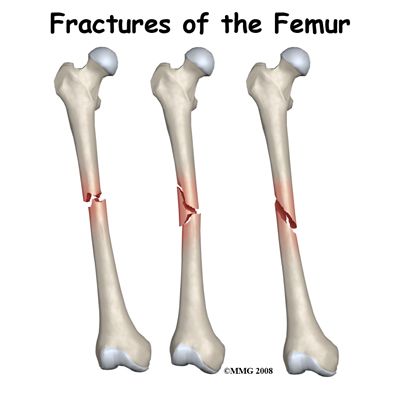
Physical Therapy in Conway for Hip - Adult Femur Fractures

Broken Femur: Causes, Treatment, and Complications
Before, During and After the Injury that Changed my Life - Chicago Athlete Magazine
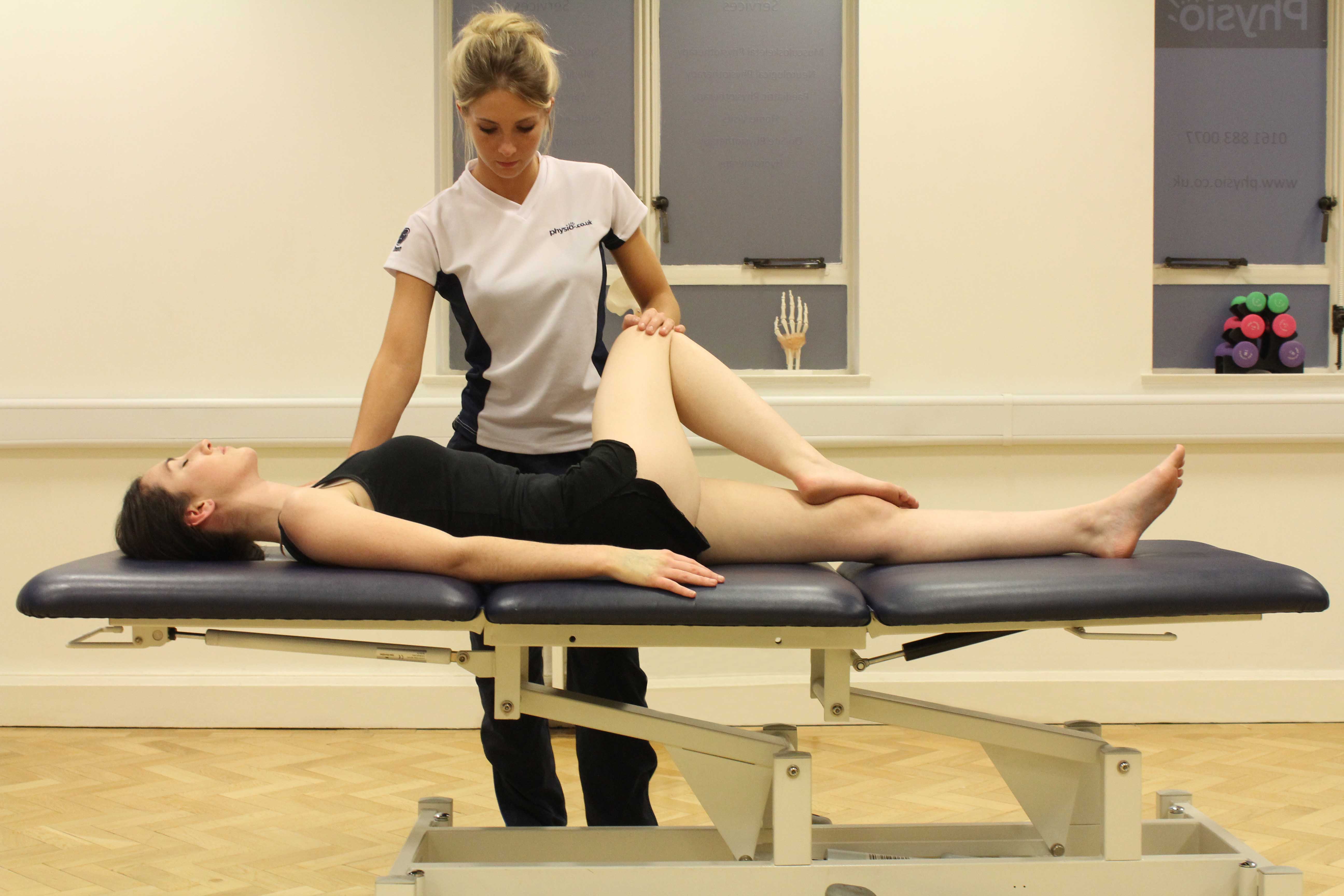
Fractured Shaft Of Femur - Hip - Surgery - What We Treat - Physio.co.uk
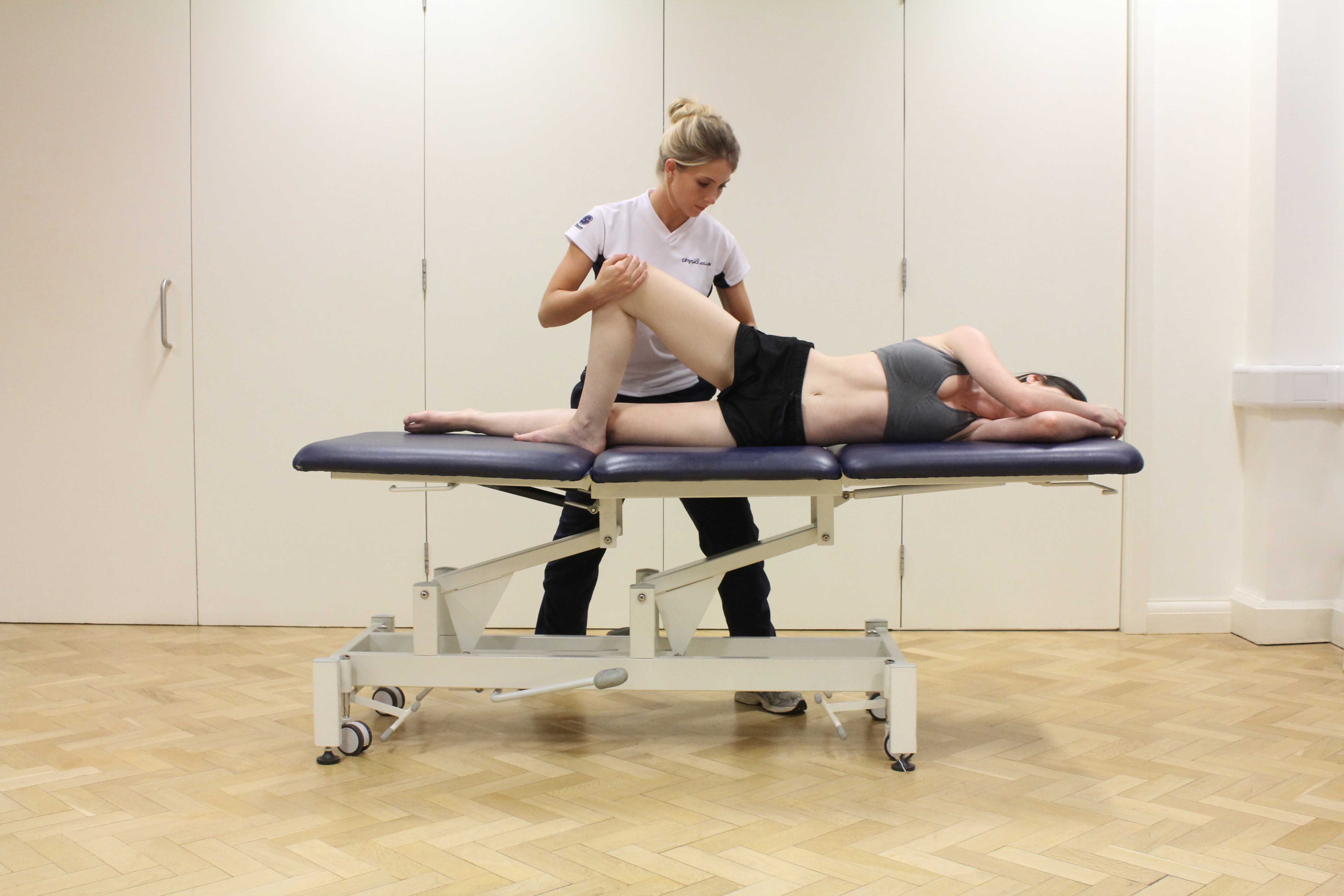
Fractured Shaft Of Femur - Hip - Surgery - What We Treat - Physio.co.uk
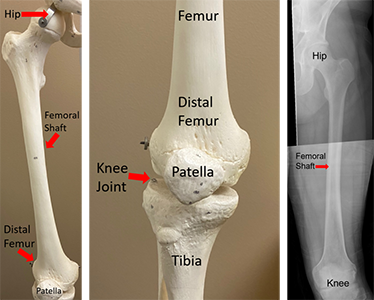
Femoral Shaft (Thigh Bone) Fracture | Orthopaedic Trauma Association (OTA)

Physical Therapy in Conway for Hip - Adult Femur Fractures

Both femur fracture walking after 4nd 1/2 months - YouTube

7 Tips for Recovering With a Broken Leg
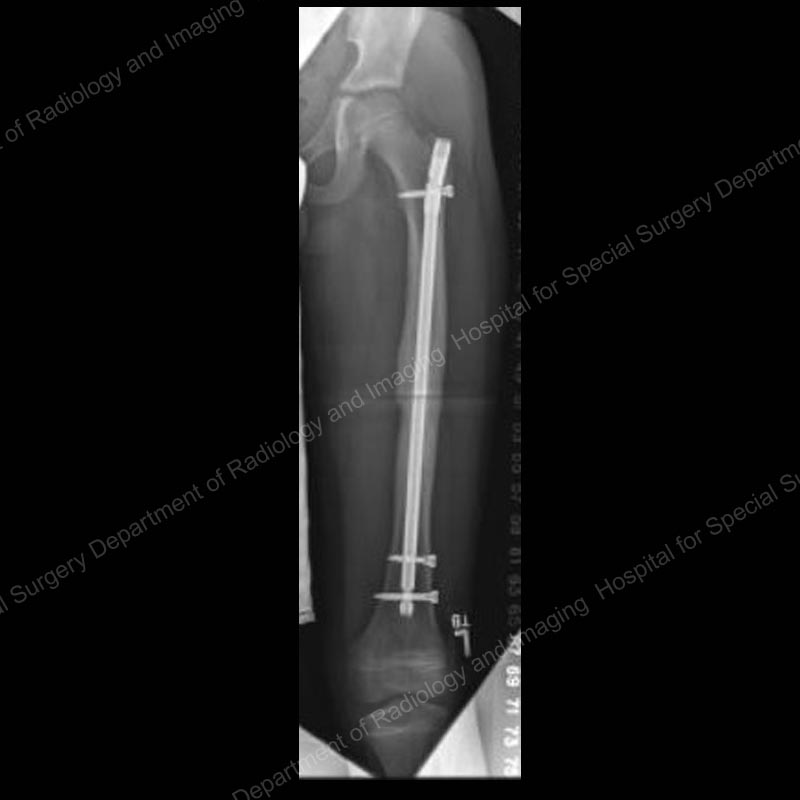
Femur Fractures in Children: Treating a Child's Broken Thighbone

Initiate weightbearing early after hip fracture | Lower Extremity Review Magazine
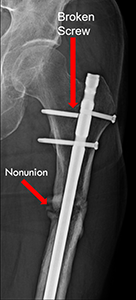
Femoral Shaft (Thigh Bone) Fracture | Orthopaedic Trauma Association (OTA)
Femur Shaft Fractures (Broken Thighbone) - OrthoInfo - AAOS

How to Treat a Broken Femur (with Pictures) - wikiHow

Femur Fracture - an overview | ScienceDirect Topics
Physical Therapy Guide to Femur Fracture - ChoosePT.com
Femur Shaft Fractures (Broken Thighbone) - OrthoInfo - AAOS
Walking Spica Cast Application - POSNAcademy

Initiate weightbearing early after hip fracture | Lower Extremity Review Magazine
What happens if the rod is never taken out after a femur surgery? - Quora

When Your Child Has a Femur Fracture

How Your Walking Posture Affects Your Sciatic Nerve

My confident walk after femur fracture..11 months completed.. - YouTube
/Woman_walking_with_cane-170ba058ed574509bb174307045a5cbe.jpg)
Hip Replacement Surgery: Long-Term Care

More Than I Ever Wanted to Know About a Toddler with a Broken Femur and a Spica Cast - Teaching Sam and Scout
Distal Femur (Thighbone) Fractures of the Knee - OrthoInfo - AAOS
After how many days can I walk after intramedullary nailing of a tibia and fibula? - Quora

Caring for Patients Who Don't Heal Optimally After Treatment for Hip Fractures - The Leone Center for Orthopedic Care
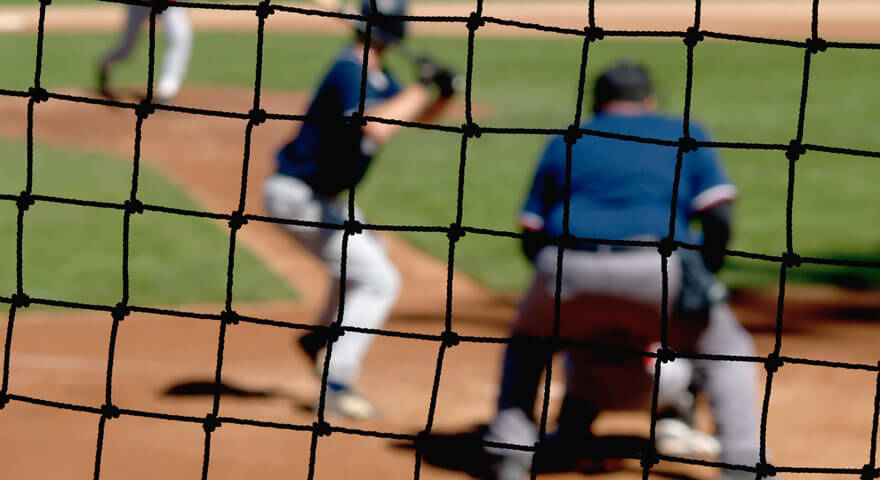
Femur Fracture Rehab & Recovery Time Case Study | AlterG

After hip fracture, exercise at home boosts day-to-day function - Harvard Health Blog - Harvard Health Publishing

a A 74-year-old man sustained a periprosthetic femoral fracture , he... | Download Scientific Diagram
Posting Komentar untuk "walking after femur fracture"